In the ever-evolving world of photography, choosing the right DSLR camera brand can significantly impact your creative journey. From professional photographers to hobbyists, the brand you choose can offer various features, build quality, and lens options to enhance your experience. With technology constantly improving, it's more important than ever to select a brand that not only meets your current needs but also aligns with your future aspirations. Below, we've curated a list of the top DSLR camera brands that are renowned for their exceptional performance and reliability.
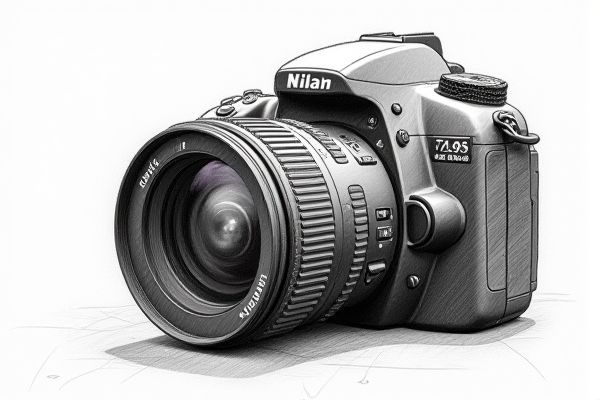
Illustration of dslr camera
Best brands of dslr camera in 2025
Canon
Canon remains the dominant force in the digital camera market, holding a significant 46.5% market share in 2023, nearly double that of its closest competitor, Sony, which holds 26.1%. This dominance is evident in both DSLR and mirrorless camera sales, with Canon selling over 3.348 million camera units in 2023. Despite other brands like Sony and Nikon innovating with high-end models, Canon's strategy of launching affordable cameras, such as the EOS R100 and EOS R8, has contributed to its market lead. Canon's grip on the market is further solidified by its strong sales volume and loyal customer base. The company's market share has only increased by 0.7% from previous years, indicating a stable and strong market position. For more insights, you can see the full report on Canon's market leadership.
Nikon
Nikon is a renowned brand in the photography industry, particularly for its high-quality DSLR cameras. As of the latest market share data, Nikon holds an 11.3% share in the global digital camera market, although this is a slight decline from previous years. In Japan, Nikon has seen a resurgence, rising to the third spot in the mirrorless camera market with a 12.9% share in May 2023, thanks in part to the success of its Z8 and Z9 cameras. The Nikon F2, a legendary model, was a professional-level 35 mm SLR camera produced from 1971 to 1980, known for its mechanical reliability and advanced features for its time. Nikon's commitment to innovation and quality has made it a favorite among professional and amateur photographers alike. For more details, visit their official website.
Sony
Sony, although not the leader in DSLR cameras, holds a significant presence in the camera market, particularly in the mirrorless segment. In 2024, Sony secured 36% of the mirrorless interchangeable lens camera (MILC) sales in Japan, according to the BCN Rankings. However, in the DSLR category, Sony trails behind Canon, which dominates with a 73.5% market share in Japan for DSLRs. Sony's strength lies in its sensor technology, commanding 47.9% of the $18.5 billion CMOS sensor market. Despite this, Sony's overall camera market share stands at 27.9% globally as of 2023. You can find more information about Sony's camera offerings on their official website.
Pentax
Pentax, under the umbrella of Ricoh Imaging, remains a notable producer of DSLR cameras, although its market share has been relatively stable but modest. In 2022, Pentax held a 5.7% market share in the DSLR segment in Japan, a figure nearly identical to its 5.8% share in 2021. Despite the declining DSLR market, Pentax continues to offer high-quality DSLR models, appealing to a niche audience that prefers optical viewfinders and the unique features of SLR cameras. The brand's commitment to quality and its loyal customer base ensure its presence in the market, even as mirrorless cameras dominate sales. However, the overall DSLR market continues to shrink, influenced by the rise of smartphones and mirrorless technology.
Fujifilm
Fujifilm is a notable player in the digital camera market, particularly in the non-full-frame segment, where it holds around 40% market share. In 2023, Fujifilm sold 430,000 units, capturing a 6% global market share in digital stills and video cameras. The company's X Series and GFX medium-format systems are highly regarded, especially in the APS-C space. Despite production and shipping challenges, Fujifilm's cameras are praised for their durability, weather resistance, and high image quality. The brand continues to improve its offerings, including the recent launch of the X100VI. For more detailed insights, visit Fujifilm's market performance and innovation updates.
Panasonic
Panasonic, although a smaller player in the digital camera market, is renowned for producing high-quality DSLR and mirrorless cameras. As of 2021, Panasonic accounted for only 4.4% of the global digital camera market, but it holds a 5.5% share in the global mirrorless camera market. The company has introduced several premium cameras, including the Lumix GH5, Lumix S1R, and Lumix S9, which are highly regarded for their performance and features. With a history spanning 105 years, Panasonic continues to innovate in the camera industry. Despite its relatively small market share, Panasonic's cameras are favored by many professionals and enthusiasts. For more detailed insights, visit Panasonic market statistics.
Olympus
Olympus, now operated under OM Digital Solutions, has established itself as a significant player in the DSLR and mirrorless camera market. In 2023, OM Digital Solutions increased its mirrorless market share to 14.3%, up from 12.7% in 2021, according to the BCN Awards. Their cameras, particularly those in the Micro 4/3 format, are renowned for their high-performance capabilities, including the revolutionary 5-Axis Image Stabilization system found in models like the Olympus E-M1. This technology offers substantial benefits for both still photography and video use. OM Digital's commitment to innovation has helped the brand maintain a strong presence in the competitive camera market.
Leica
Leica is renowned for its high-quality and uniquely designed DSLR and mirrorless cameras, offering a blend of simplicity, quality, and fun factor that sets them apart. In 2014, Leica introduced the T (Type 701) system, a German-made interchangeable lens body camera that stands out for its solid aluminum unibody construction and the ability to use M mount lenses with an adapter. Leica's lenses, such as the Panasonic Leica Nocticron 42.5 f/1.2, are praised for their exceptional sharpness, contrast, and bokeh quality, reflecting the brand's commitment to excellence. Despite not being among the top market share holders in the digital camera market, Leica maintains a loyal following among professional photographers and enthusiasts who value its unique offerings. The brand's focus on quality and design has made it a significant player in the niche market of high-end photography equipment.
Sigma
Sigma is a leading brand in the interchangeable lens market, capturing a significant 16% market share globally, as per the latest data from BCN Ranking. In 2024, Sigma is doing exceptionally well in the Japanese market, holding 18.2% of the lens sales. Known for producing high-quality lenses compatible with various camera systems, Sigma's popularity is evident in its consistent market performance. The brand's lenses are highly regarded for their excellence, contributing to its strong market position. Sigma's ability to cater to a wide range of camera mounts further solidifies its standing as one of the best lens producers. For more detailed insights, you can explore their interchangeable lens market report.
Hasselblad
Hasselblad, though not primarily known for DSLR cameras, is a renowned manufacturer of medium format cameras, having produced iconic models used in historic missions like the Apollo program. In 2016, Hasselblad introduced the X1D-50c, the world's first digital compact mirrorless medium-format camera, enhancing portability in this segment. Despite being a niche player, Hasselblad holds a significant position in the medium format market, with major competitors like Mamiya and Contax either sold or closed. The company is now majority-owned by DJI, a Chinese aerial photography and drone manufacturer, since early 2017. Hasselblad's market share is part of the 6.3% held by other brands in the broader digital camera market. For more detailed information, visit Hasselblad's Wikipedia page.


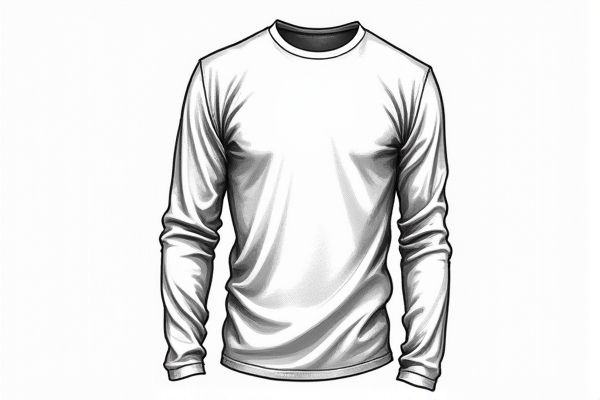

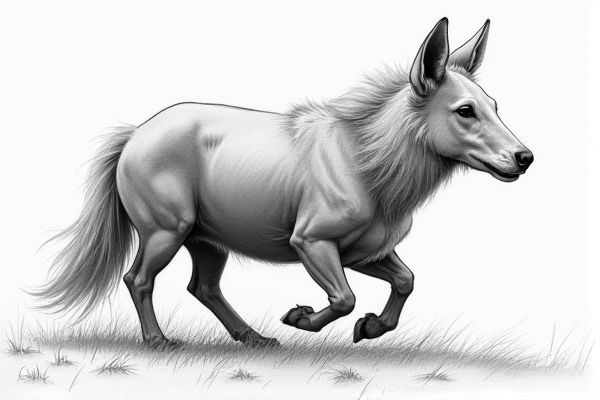





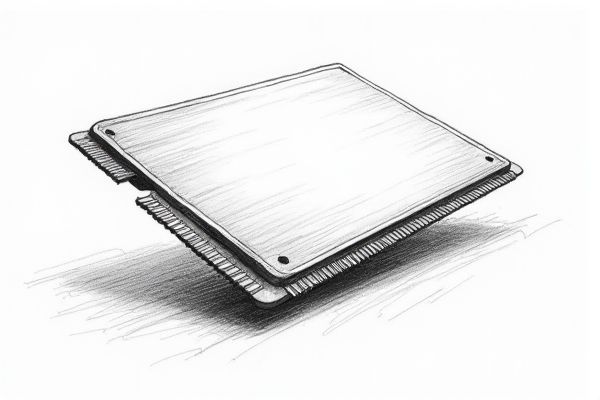
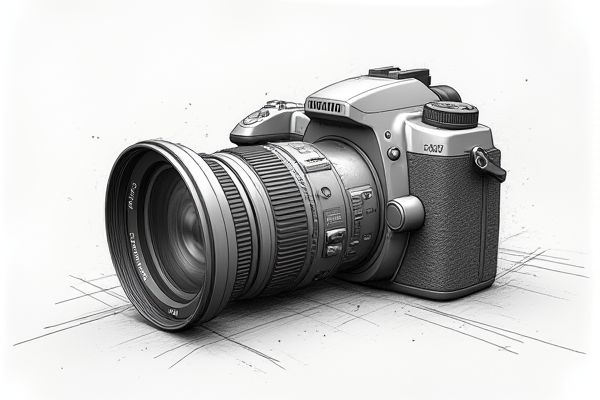

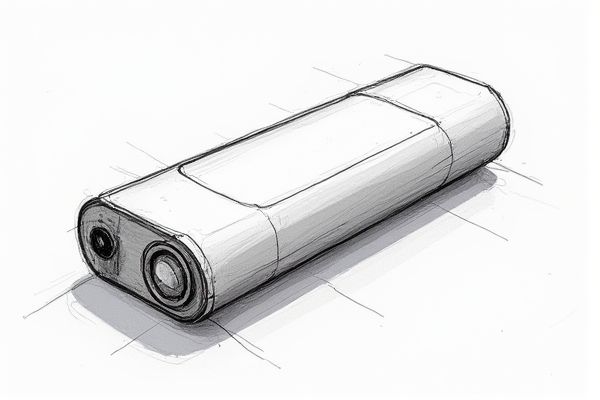
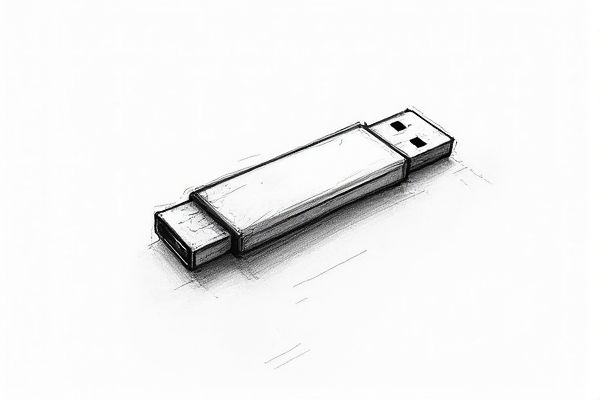

Leave a Reply
Your email address will not be published.